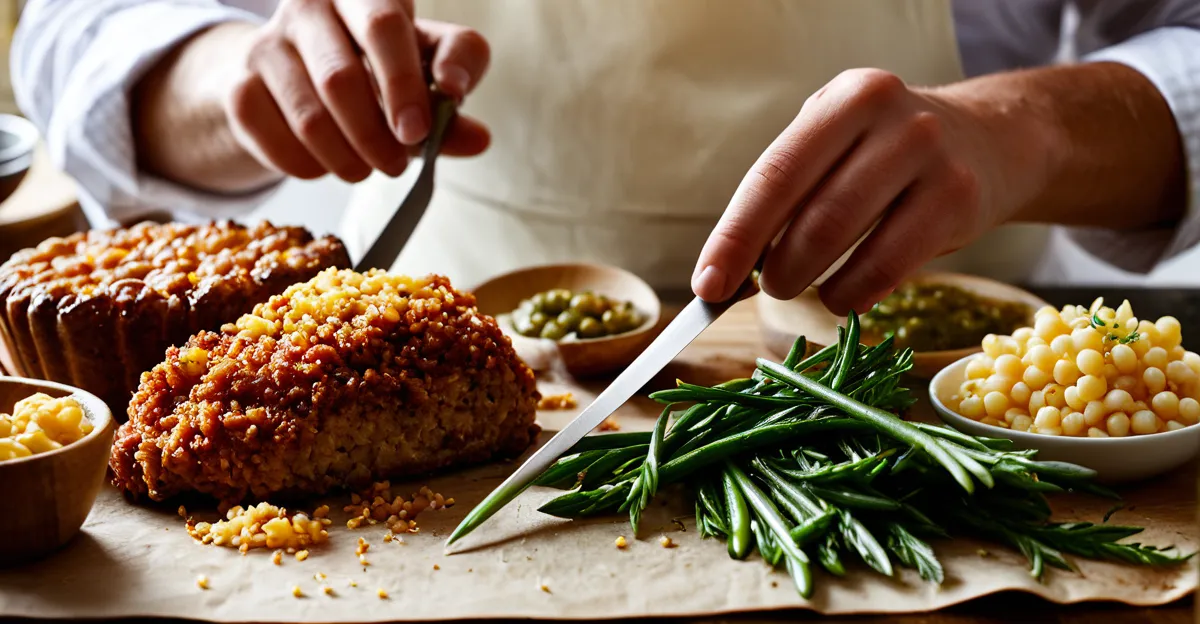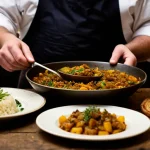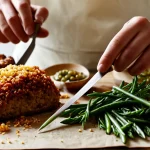Uncommon Ingredients at the Heart of British Cooking
British cooking surprises many by incorporating unusual British ingredients that defy expectations of traditional British cuisine. For example, ingredients like laverbread, a seaweed delicacy from Wales, or black pudding made from blood and oatmeal, might seem unexpected given typical perceptions of British fare as plain or simple.
These ingredients are often rooted in the historical necessity of using whatever was locally available, especially in coastal and rural areas. The British Isles’ geography encouraged the use of sea vegetables and offal, which today are valued for their distinctive flavors and nutrition. Unusual British ingredients such as suet, tripe, and even elderflower have persisted, despite their uncommon status in global cuisine.
Also to discover : What are the steps to making an authentic Welsh rarebit?
Cultural factors also contribute to this phenomenon. British cooking surprises by blending ancient indigenous methods with influences brought by trade and migration. Certain dishes, like haggis or mushy peas, appear rustic but are complex in both flavor and history. They highlight how traditional British cuisine embraces ingredients that, at first glance, feel unusual but actually reflect a pragmatic and resourceful culinary heritage.
Also to see : Exploring the Rich Tapestry of UK Culinary History: What Influences Have Shaped Traditional Dishes?







